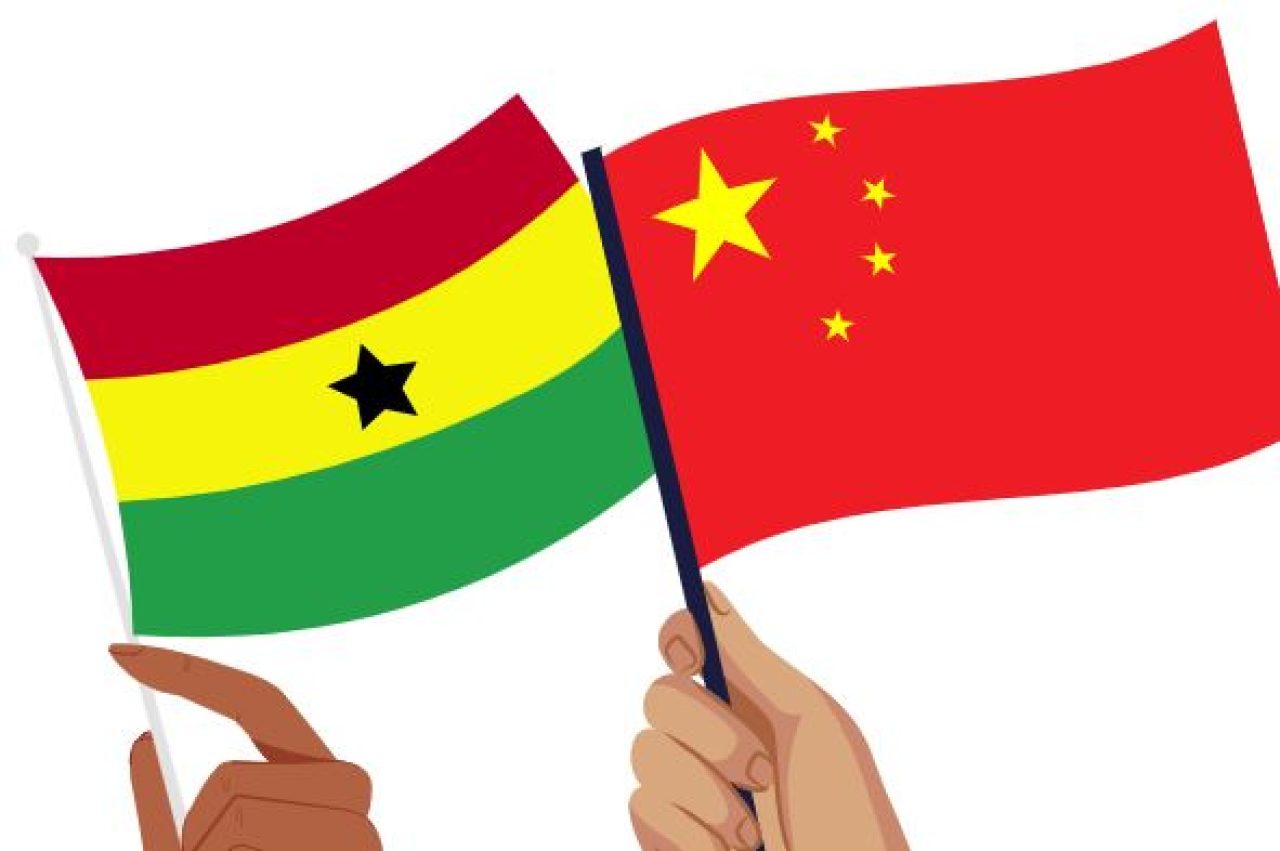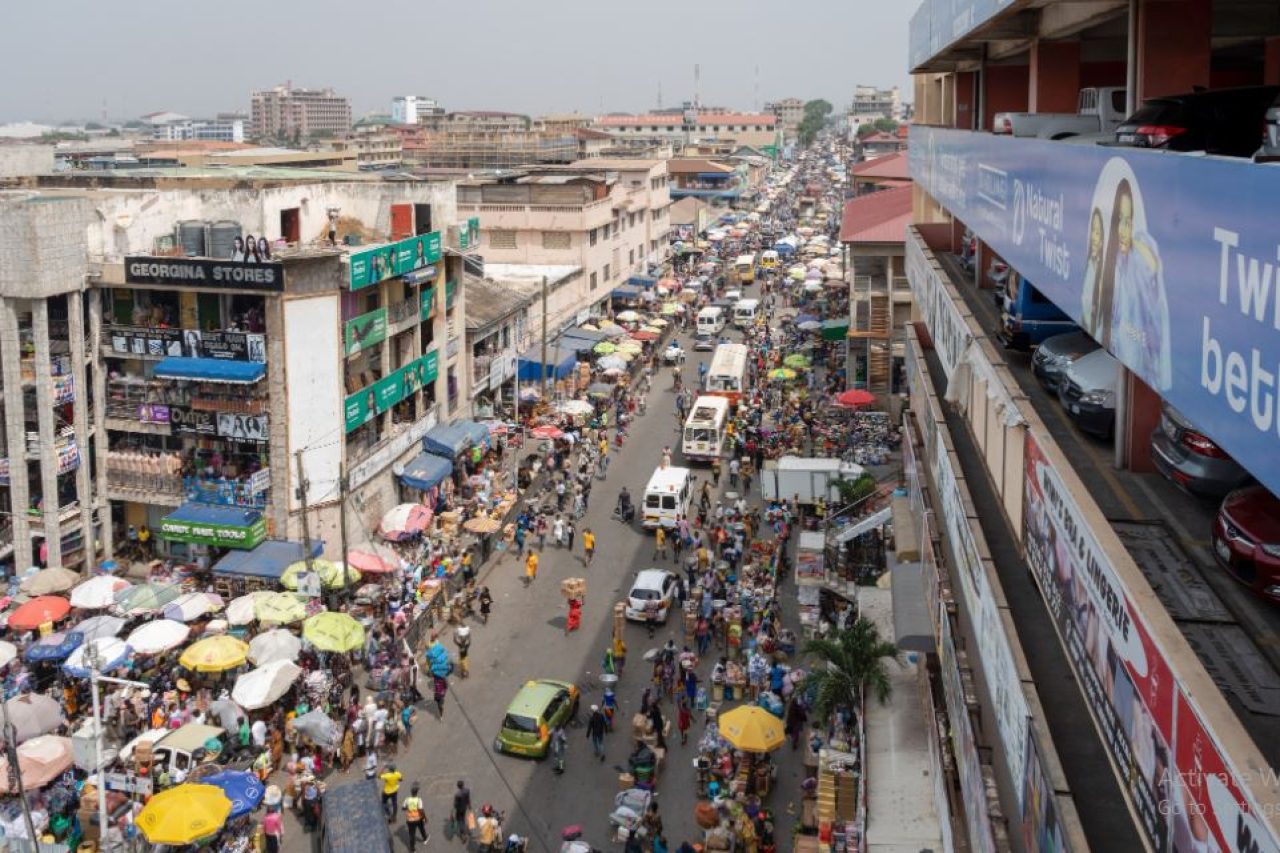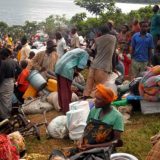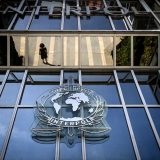Details concerning how Ghana’s four collateralized loans from China have exposed the nation to losing some of its mineral resource revenue in addition to energy sales have been made public by the International Monetary Fund (IMF).

Chinese loans have provided Ghana with dependable funding for four significant projects since 2000. Accra has accumulated close to $5 billion from at least 41 Chinese loans over the course of two decades.
With a current external debt portfolio surpassing $30 billion, Ghana is presently debt-trapped and enduring its greatest economic crisis in a generation as a result of several years of almost unrestrained borrowing.
As a result of this loan deal, China will have the authority to take Ghana’s oil, cocoa, bauxite, or even electricity sales earnings to pay off the debt should Ghana fail to honour its debt obligations.

China appears to be the most significant participant at the negotiating table in many debt negotiations taking place in the developing countries. Despite being the biggest bilateral lender in the world, it is secretive when it comes to its lending practices and how it renegotiates with distressed clients.
The poorest nations on Earth would have to pay $35 billion in debt service to public and private creditors in 2022, 40% of which would be paid by China alone, according to the World Bank.
According to checks, the country of West Africa has at least 8 collateralized loans from China with a variety of minerals serving as security against failure. Ghana owes China $1.9 billion as of the end of 2022, of which $619 million was collateralized.

According to the Fund, China held all of Ghana’s collateralized debt as of the end of 2022. This is related to four loan agreements that were signed between 2007–18 and totaled US$619 million to fund infrastructure projects. These loans have commodities output (cocoa, bauxite, and oil) and electricity sales as collateral.
“Collateralized debt is any contracted or guaranteed debt that gives the creditor the rights over an asset or revenue stream that would allow it, if the borrower defaults on its payment obligations, to rely on the asset or revenue stream to secure repayment of the debt” the IMF stated.
The IMF has stressed that “statutory funds will not be allowed to collateralize revenue streams and issue debt. No objection certificates will not be issued to any statutory fund by the governing authority in this regard.”
Additionally, the Fund has asked the government to offer loans or derivatives in equal amounts for all encumbered assets used as security.





